You can contact LEARNZ, part of CORE Education, at:
Postal Address:
PO Box 13 678,
Christchurch 8141,
New Zealand
The fierce Nor’west taniwha had retreated this morning and we were greeted by calm, misty weather. The cloud would eventually clear to give us a brilliant, sunny last day at Ō Tū Wharekai.
Before heading up the valley, our experts Juzah Zammit-Ross and Brad Edwards answered questions on the web conference. Our speaking school was Hinds School, which is not too far away from Mt Somers. The calm weather allowed us to have the web conference outside. It would have been great to have it up at Ō Tū Wharekai but there is no ability to connect to the internet there. You can find a link to the recording of this morning’s session on the web conferences page.
After a quick cuppa we headed towards the upper Rangitata River. It was here that Brad introduced us to Scruffy, the name he has given to the mounted wrybill he had with him. The wrybill/ngutu parore is well adapted to living around braided rivers. It has a curved beak that allows it to fossick for insects under round stones. Its colour gives it excellent camouflage, and even the eggs they lay look like part of the braided river gravels.
Sadly, ngutu parore is under threat from introduced predators. There are only about 5,000 left. To monitor these birds, Brad and the team put bands around their legs that helps to identify breeding pairs. They observe these birds over time to see how many chicks each pair can successfully raise.
Brad then showed you examples of introduced animals. These animals prey on our special wetland birds, such as the blacked fronted tern/tarapiroe and ngutu parore. He had a mounted cat, stoat, weasel, and ferret. These animals were all brought to New Zealand by early settlers. But they didn't know the damaging effect they would have. Even your very own cute family cat can prey on our native birds.
Brad showed you how a trap box works. These are a good way of getting rid of the introduced predators around the Rangitata River. The DOC 250 trap inside the box sure does pack a punch. When he set it off Egbert almost jumped out of his green skin! Watch the video and you’ll see what I mean.
The good news is that the trapping programme is having a good effect, with many of these predators being caught. Hopefully this will continue so these endangered wetland animals have a chance to increase their numbers.
Still around the upper Rangitata, we caught up with Juzah. Juzah showed us a tracking tunnel. Tracking tunnels are simple devices for getting an idea of what animals are hanging around the area. It is important to first understand what predators are in the area. Decisions can then be made about what traps to use and where to put them. The DOC team also use camera traps. These gadgets record video of the animals which give the team more information to help them with pest eradication.
Have a look near the bottom of the Activities page – there are some links to instructions for making your own tracking tunnel and how to use it. There are also exercises called ‘matching paws’ and ‘matching poos’. These can help you identify what critters are lurking around your school or back yard at home. Once you find out what is there, you could get your own trapping programme going.
The last part of our day had us searching for the endangered Australasian crested grebe/kāmana. Juzah took us to Lake Clearwater/Te Puna a Taka, a known habitat for kāmana. We saw some, but they were too far away to film for you! Luckily Juzah had a mounted example for us to study.
Kāmana spends nearly all its life on the high-country lakes. It likes clear lakes with a good supply of small fish and insects. They even sleep and build their nests on the water. Imagine that. You could say it is a little bit like living on a house boat. Watch the video for a close-up look at kāmana. When you look at its feet you’ll see why it never goes on land!
Listen to the kāmana song (MP3, 862K).
It has been a fascinating three days of discovery in and around Ō Tū Wharekai. You have seen some of the unique biodiversity that call this place home. Wetlands are great places to go exploring, and they have important links to Tangata Whenua. We also need wetlands for the important functions they have in our world. It is you and I who can play a key part in protecting not only the biodiversity of Ō Tū Wharekai, but also the wetlands we find in our own communities.
Mā te wā - see you on another field trip soon,
Andrew
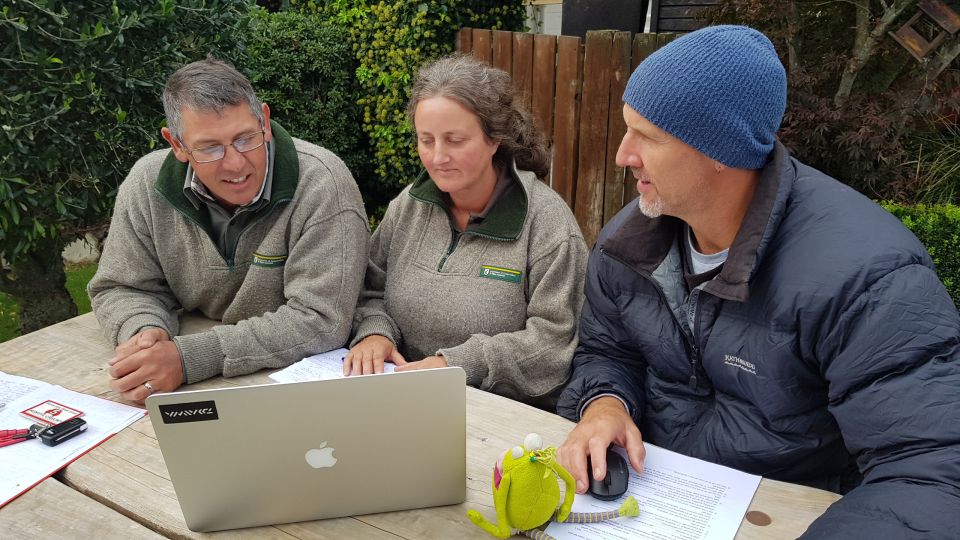
Calm weather allowed us to have the web conference outside. Image: LEARNZ.
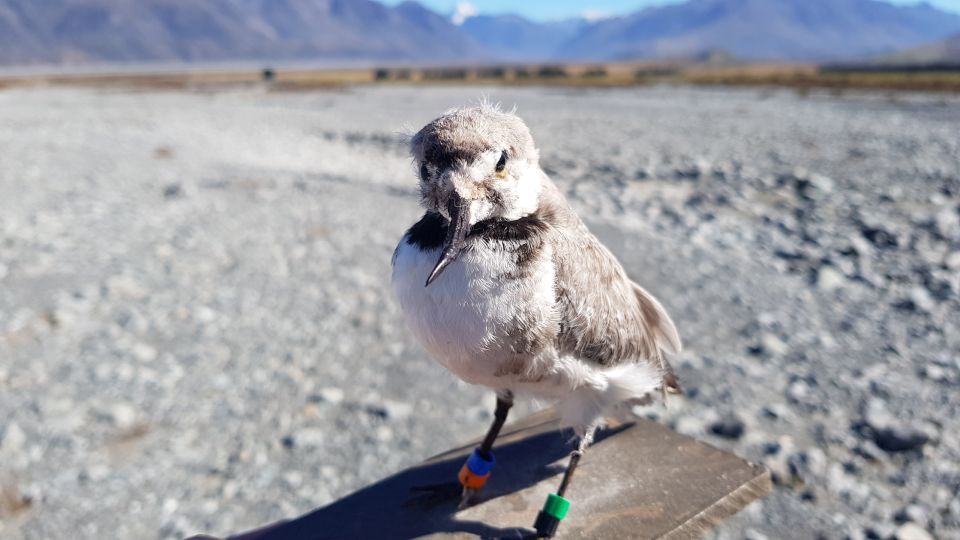
The wrybill/ngutu parore rely on braided rivers for survival. Why are their numbers so low? Image: LEARNZ.
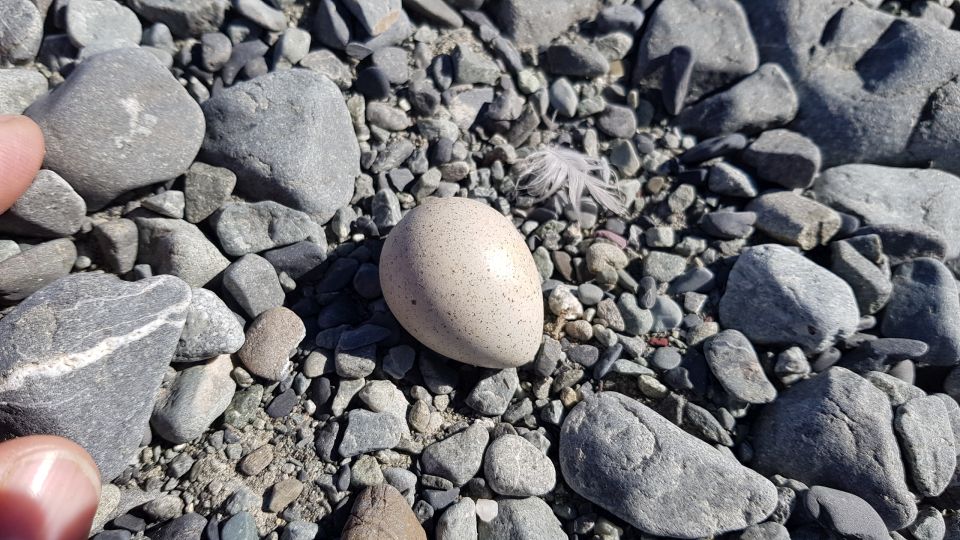
This wrybill/ngutu parore egg is well camouflaged. How might this adaptation work against it? Image: LEARNZ.
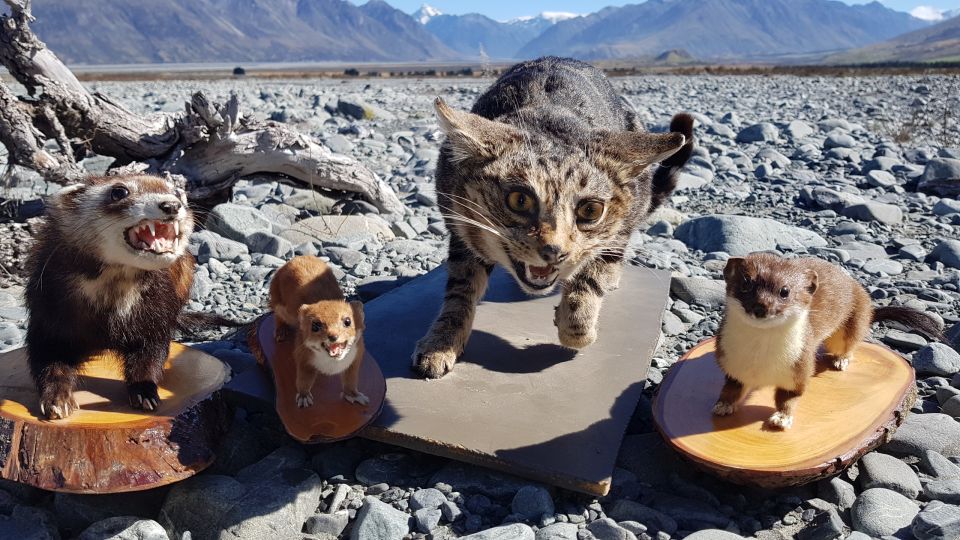
Brad Edwards showed you some of the animals that prey on braided river birds. Can you name them? Image: LEARNZ.
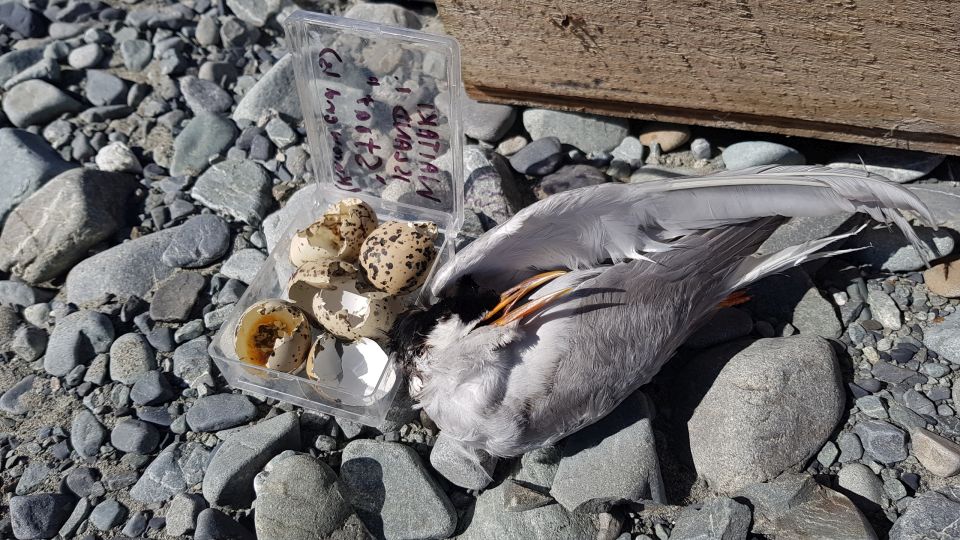
An unfortunate end to a black fronted tern/tarapiroe and its eggs. What animal do you think might have killed them? Image: LEARNZ.
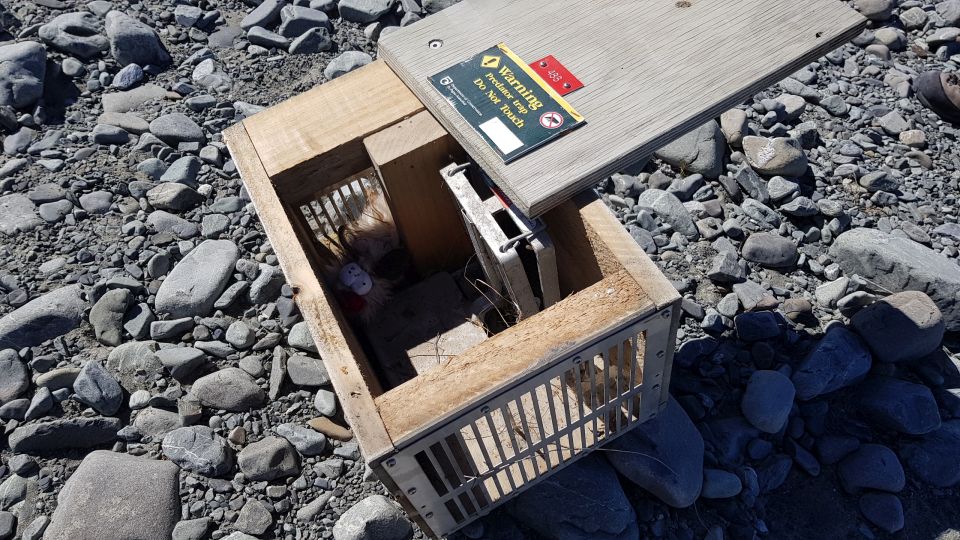
The DOC 250 is a powerful weapon against unwanted predators. What makes a predator want to go inside the box? Image: LEARNZ.
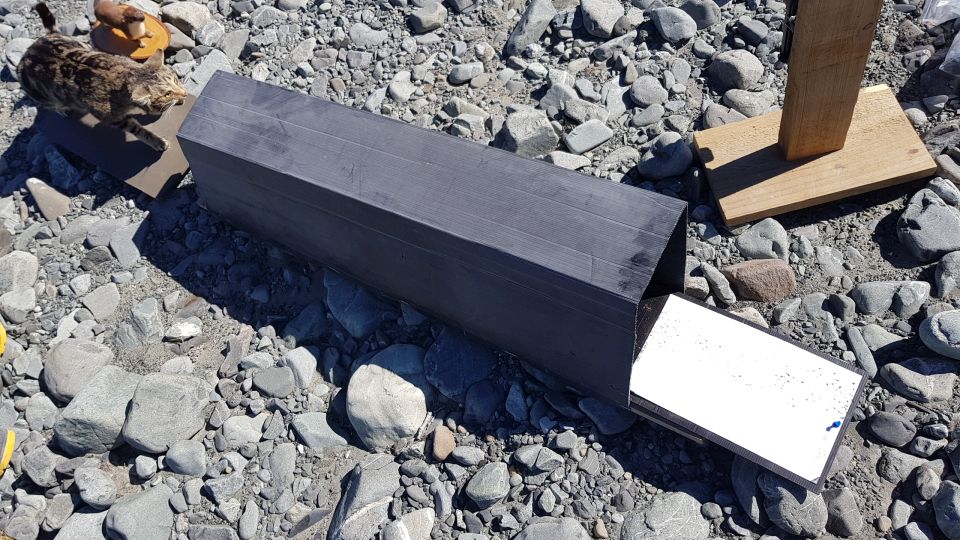
Tracking tunnels are an effective way of finding out what animals are living in an area. Image: LEARNZ.
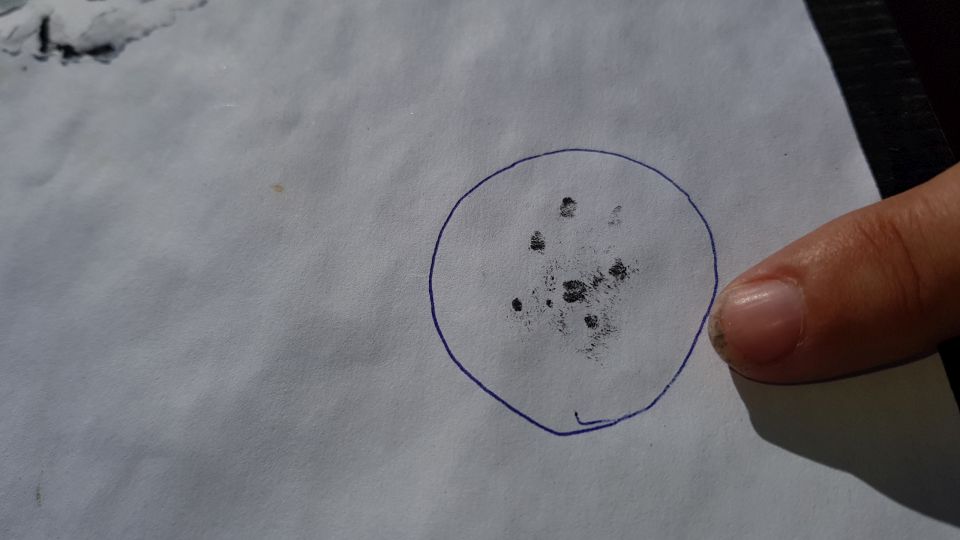
Can you work out what animal made this foot print? Image: LEARNZ.
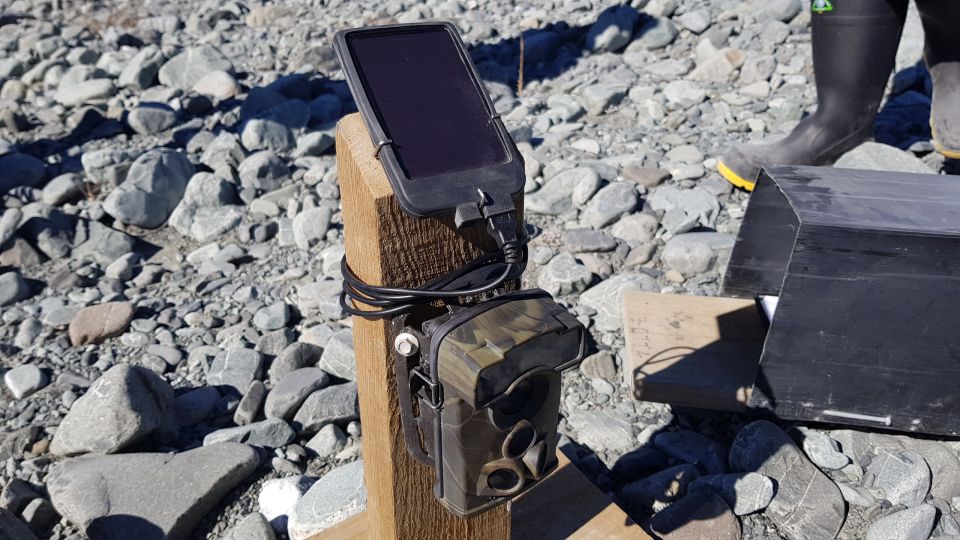
These cameras give important information to DOC about predator behaviour. How else could they be used in conservation? Image: LEARNZ.
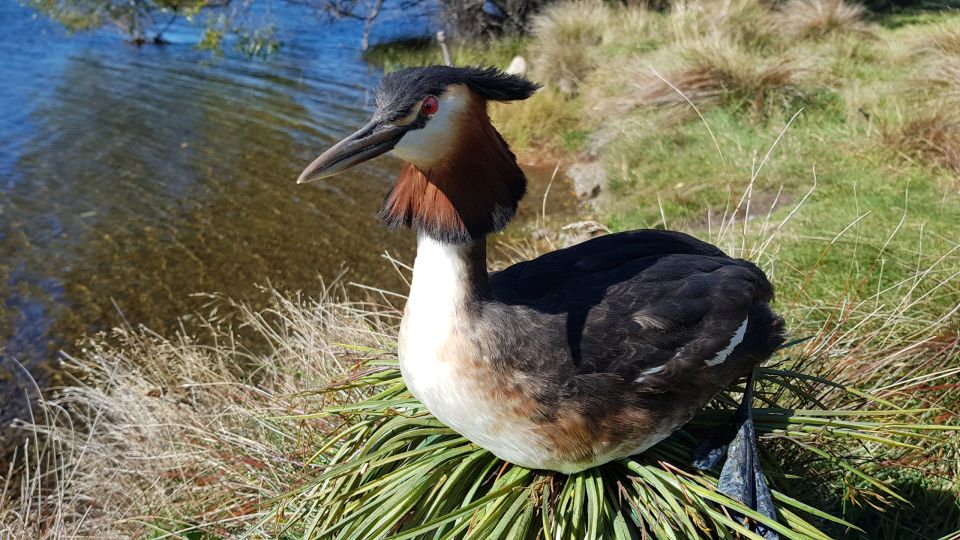
Australasian crested grebe/kāmana spend their whole life on the water. How might that help them? Image: LEARNZ.
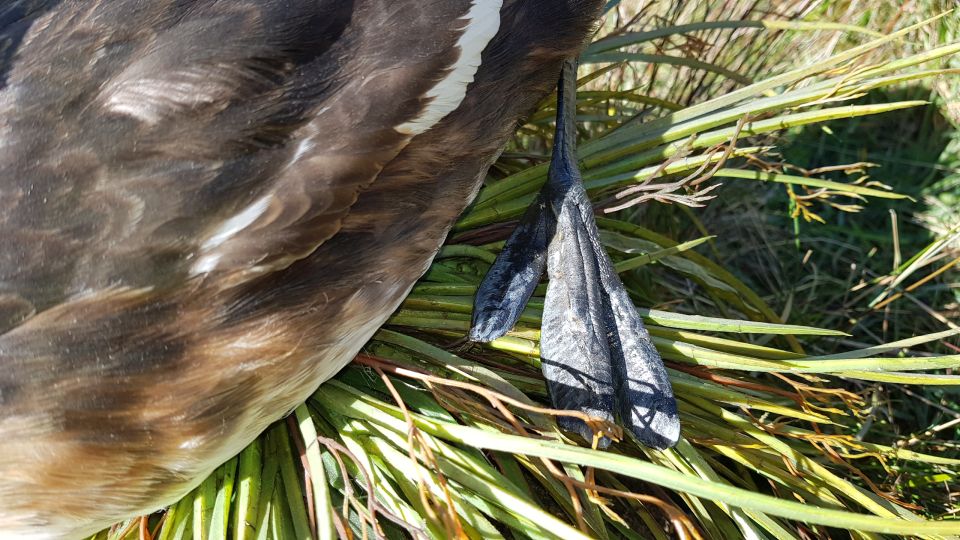
With these feet, kāmana couldn't walk on land even if they wanted to. Image: LEARNZ.